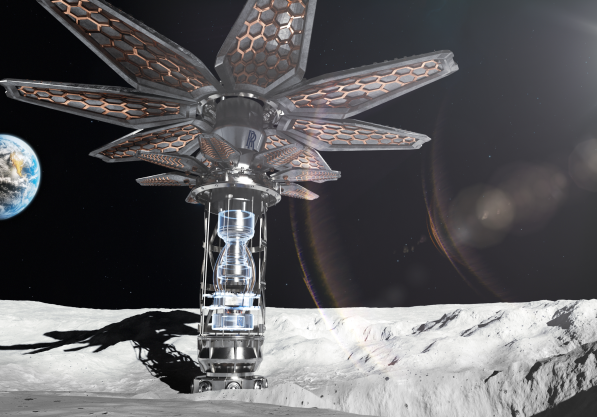
A micro nuclear reactor promises to sustain humans within a Moon base during the long lunar night.
The UK Space Agency has granted £2.9 million ($3.56 million) to Rolls-Royce for research into how micro nuclear reactor technology might be used to power a Moon base.
Rolls-Royce will use the funding to deliver an initial demonstration of the modular nuclear reactor, the company said on March 17. The British company plans to have a reactor ready to launch to the Moon by 2029.
The UK government sees development of space technology as an incubator for technologies that could also be used back on Earth.
“Space exploration is the ultimate laboratory for so many of the transformational technologies we need on Earth: from materials to robotics, nutrition, cleantech and much more,” says George Freeman, minister of state for the UK Department of Science, Innovation and Technology.
Rolls-Royce adds that the space nuclear reactor could also complement its efforts to develop nuclear power technologies for terrestrial commercial and defense uses. The company is working on small modular nuclear reactor technology—a new type of nuclear powerplant that promises to be lower cost because it would be built using standardized parts.
Various space agencies are interested in lunar nuclear reactors because night on the Moon lasts about 14 Earth days–too long to generate, store and consume electricity using conventional solar panels and batteries. Continuous electricity is critical for sustaining astronauts on the lunar surface for long durations.
For its research for the UK Space Agency, Rolls-Royce will focus on three micro-reactor features: the fuel used to generate heat, the method of heat transfer and technology to convert that heat into electricity, it says.
